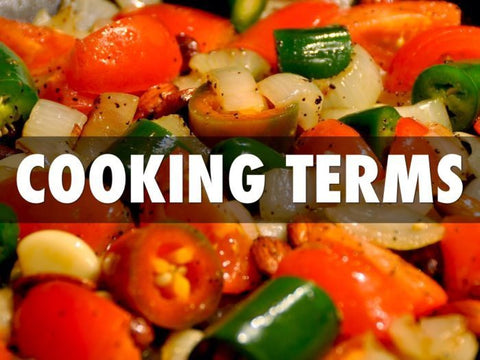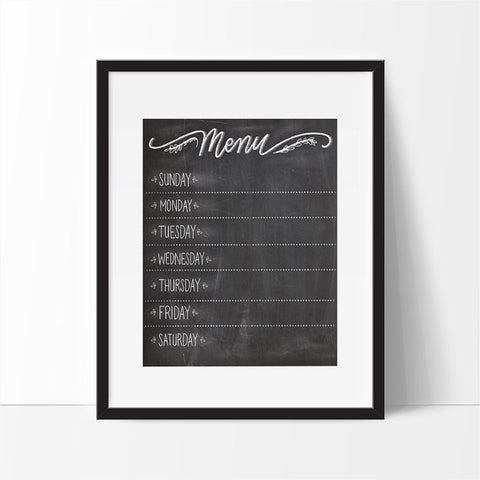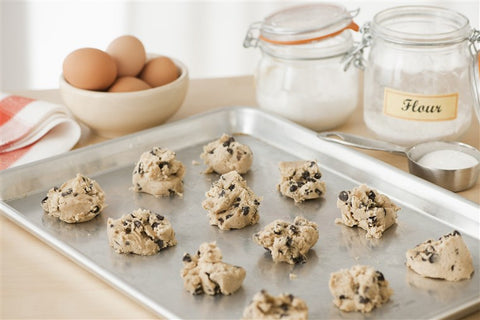
Mar 22, 2021
Ready to start cooking? Learn to decode common cooking terms and ensure that recipes turn...

Mar 22, 2021
INGREDIENTS 1 cup softened unsalted butter 3/4 cup Lantic Icing Sugar 2 tsp peppermint extract 1/4 tsp...

Mar 22, 2021
The Benefits of Making A Weekly Menu Plan You will save money. When you make a...

Mar 22, 2021
There are many special occasions through the year that are perfect to spend time with...

Mar 22, 2021
Nachos - Before you melt the cheese on your tortilla chips, sprinkle some tuna (drained...

